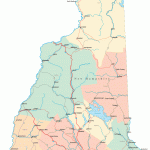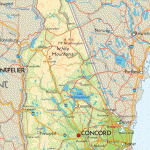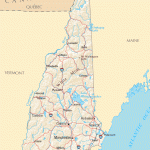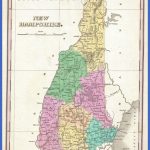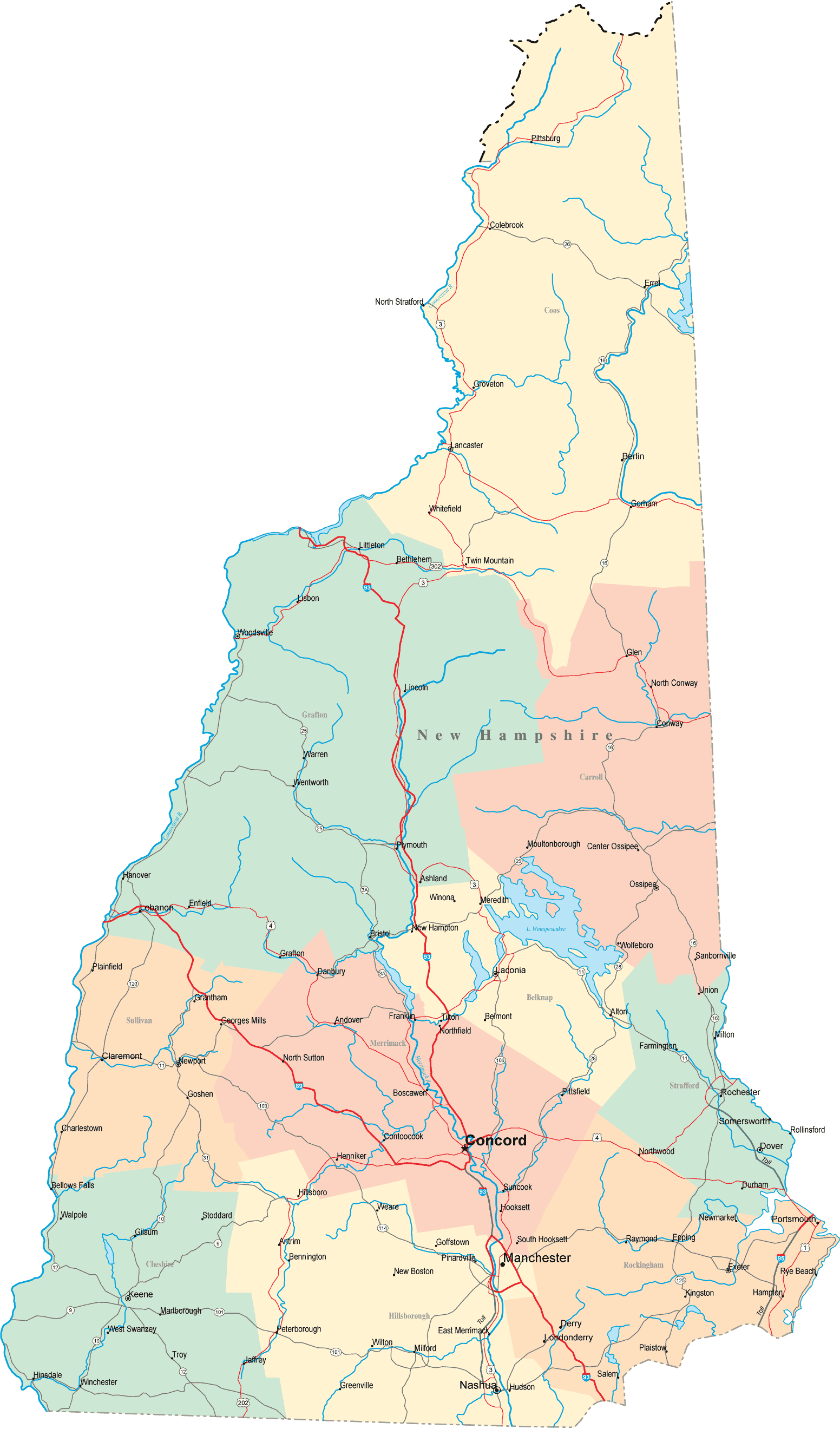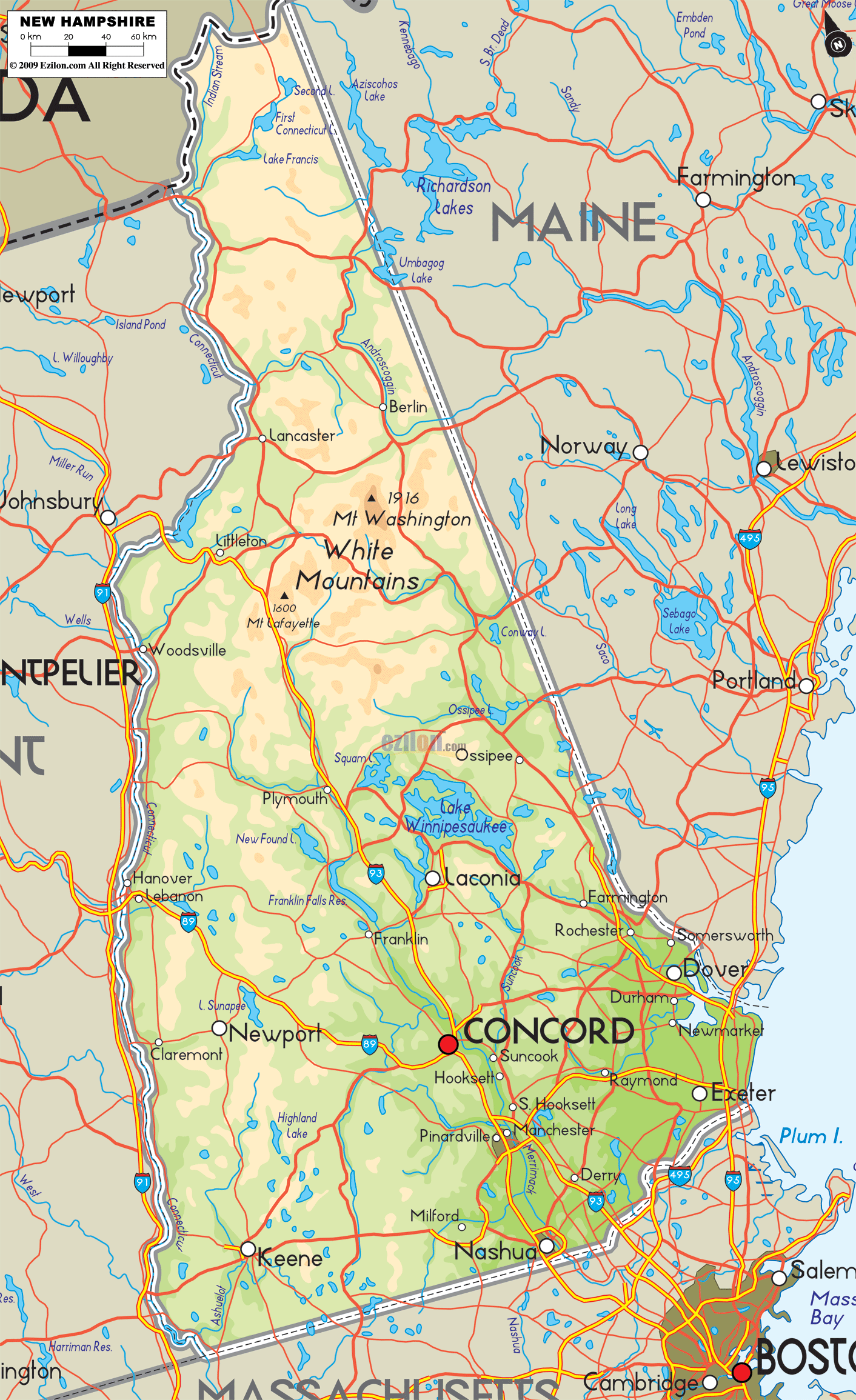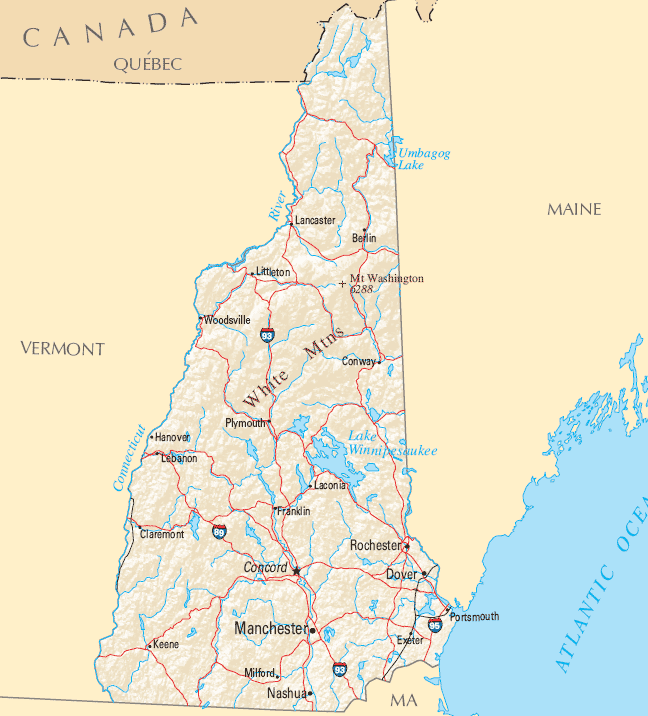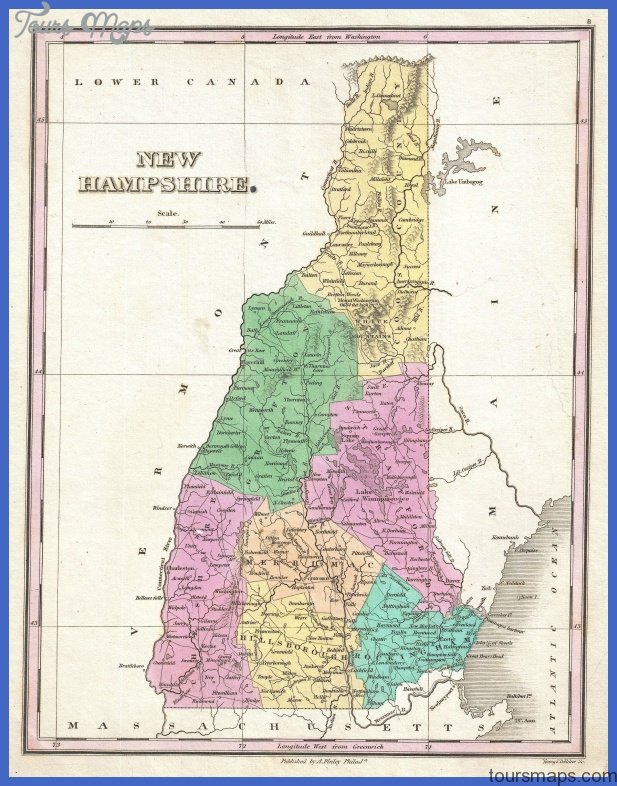New Hampshire Business Development and Labor Force Participation
Latinos have made significant contributions to the development of new businesses in southern New Hampshire. After the recession of the early 1990s, Manchester was economically depressed because of the closing of its mills. Downtown Manchester was especially hard hit, as it experienced many business
closings after the development of the Mall of New Hampshire. This resulted in many vacant store spaces and limited activity for the ones that remained open. This downturn in local business activity provided an opportunity for entrepreneurial Latinos to move to New Hampshire and take advantage of New Hampshire’s economic opportunities. Today, Latinos are credited in large part for the revitalization of Manchester’s downtown district. For example, there are Latino-owned and Latino-run businesses on Elm Street, in the heart of downtown Manchester, where no one would have expected them 20 years ago. Overall, Latinos are contributing to economic development in the state. The 1997 U.S. Census Bureau’s economic census reported that New Hampshire had 122 Latino-owned businesses employing 1,043 individuals. The majority of these businesses were in the service and retail industries.
The labor force participation rates for Latinos aged 16 to 64 years and not in school were similar to those for the general population; and those Latinos were successfully finding employment, generally in blue-collar jobs, as machine operators, fabricators, or laborers. Cubans are one Latino population that did not fit this employment trend. Over half of Cubans worked in white-collar jobs (executive, administrative, and managerial occupations or professional specialty occupations), a percentage rate that is higher than that of the general population working the same type of jobs.
Labor market participation can also be assessed by the number of workers in a family who are employed. Census data do not identify the number of jobs a person works, but it can be used to estimate the number of workers in a family. Latino households generally have a greater number of workers who are employed, compared to Anglo Americans. This was true in New Hampshire, as Latinos averaged 2.5 workers per family.
Latino workers fill voids in New Hampshire’s labor market. Dairy farmers have experienced difficulty attracting workers to fill jobs that require long and demanding hours to keep New Hampshire’s dairy farms running. Since the mid 1990s the state’s dairy farmers have turned to Mexican and Guatemalan migrant workers to operate their farms. Dairy farmers have become dependent on these Latino laborers, and they have expressed concerns that if restrictive immigration policies are implemented, their farms would have trouble attracting enough workers to remain operational.
Map of New Hampshire Photo Gallery
Maybe You Like Them Too
- Explore Góra Kalwaria, Poland with this detailed map
- Explore Gumdag, Turkmenistan with this detailed map
- Explore Telfes im Stubai, Austria with this detailed map
- Explore Langenselbold, Germany with this detailed map
- Explore Krotoszyn, Poland with this detailed map

